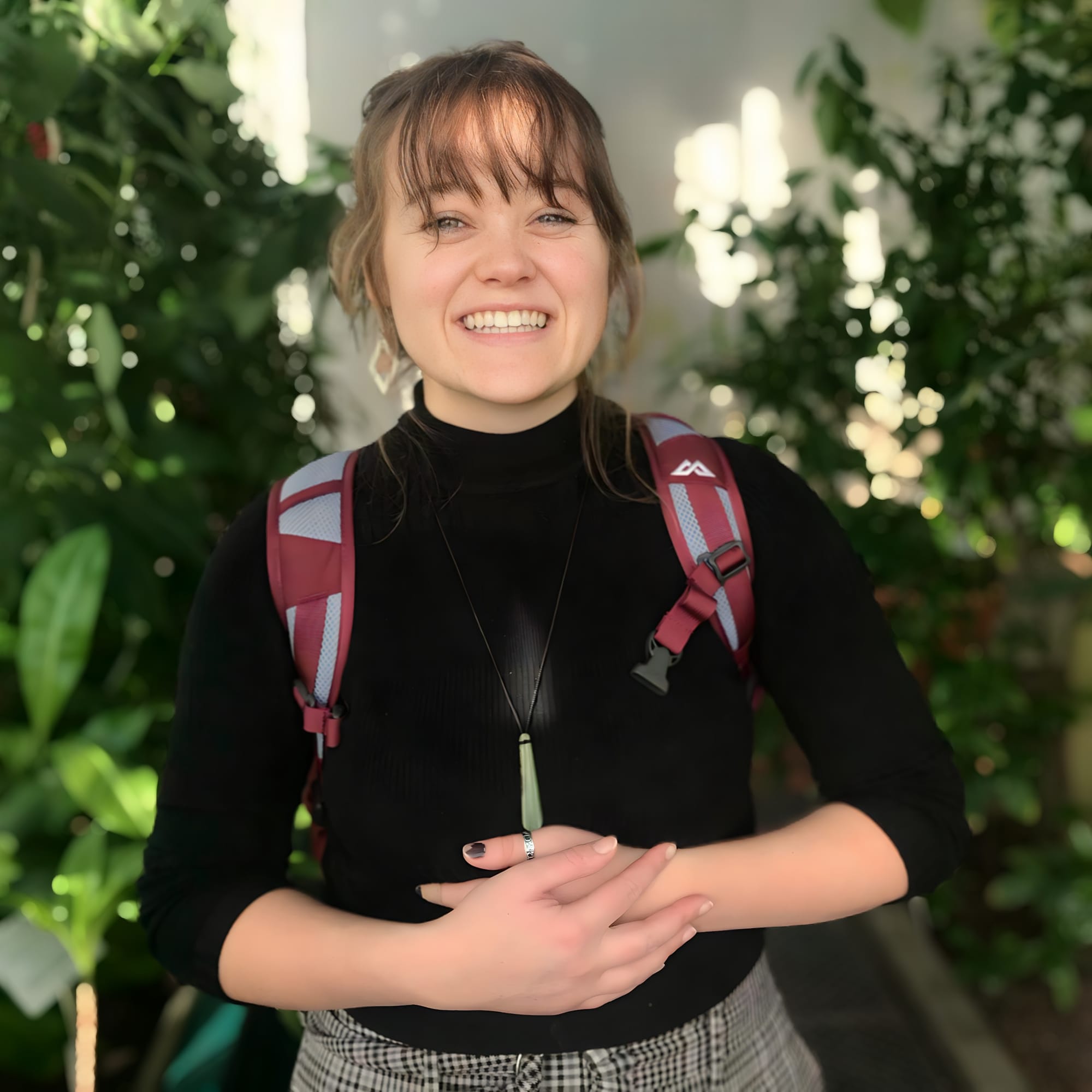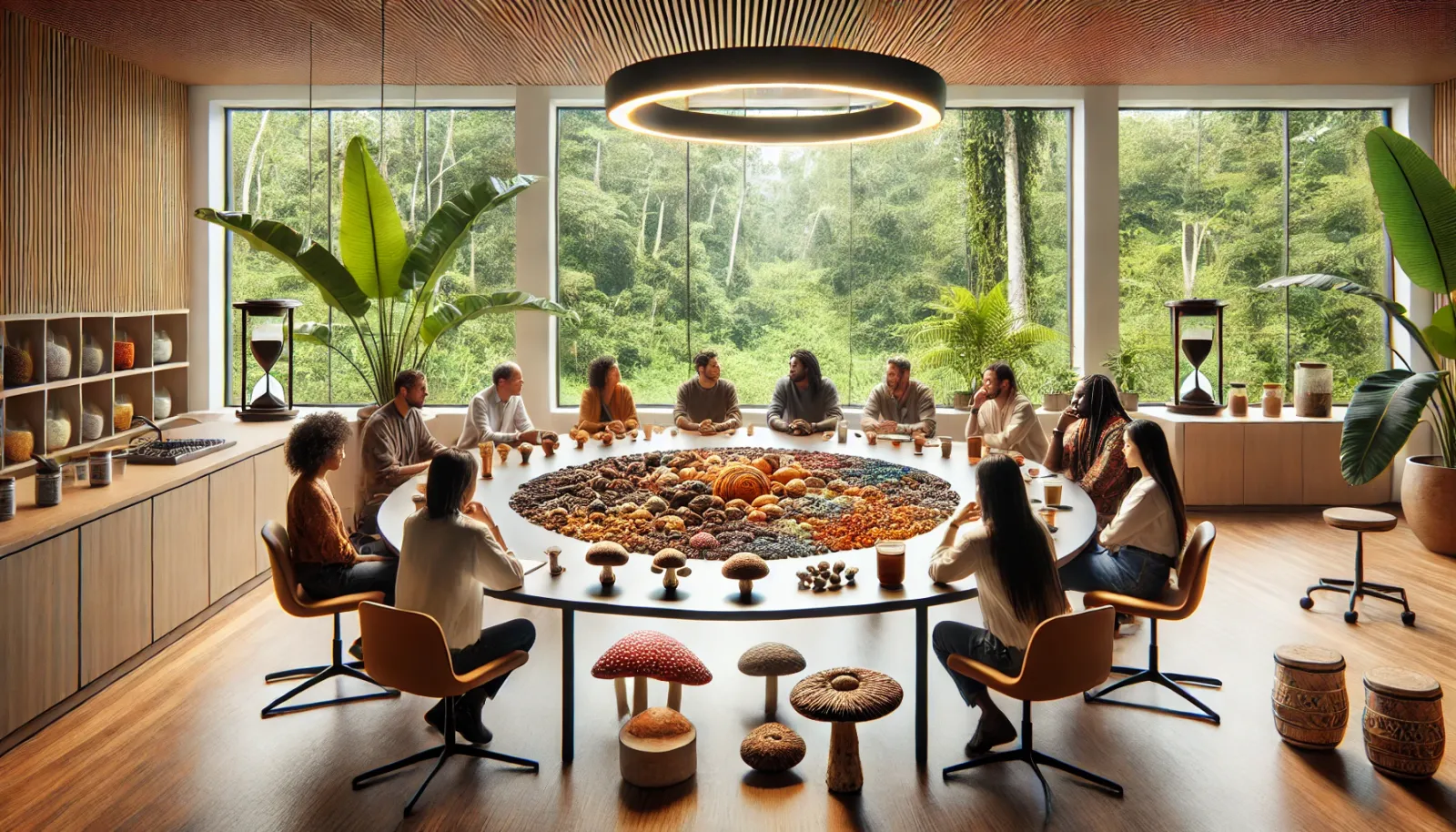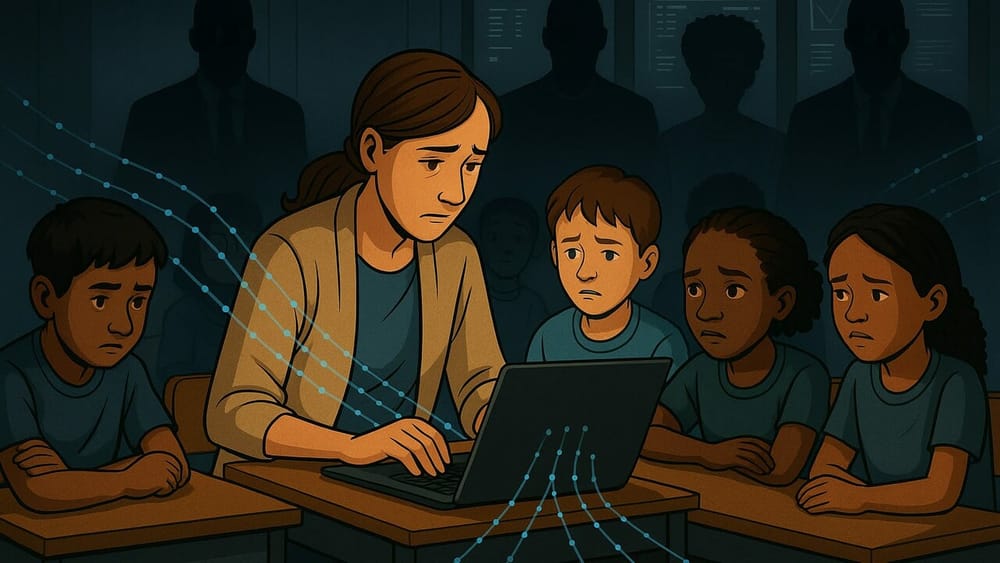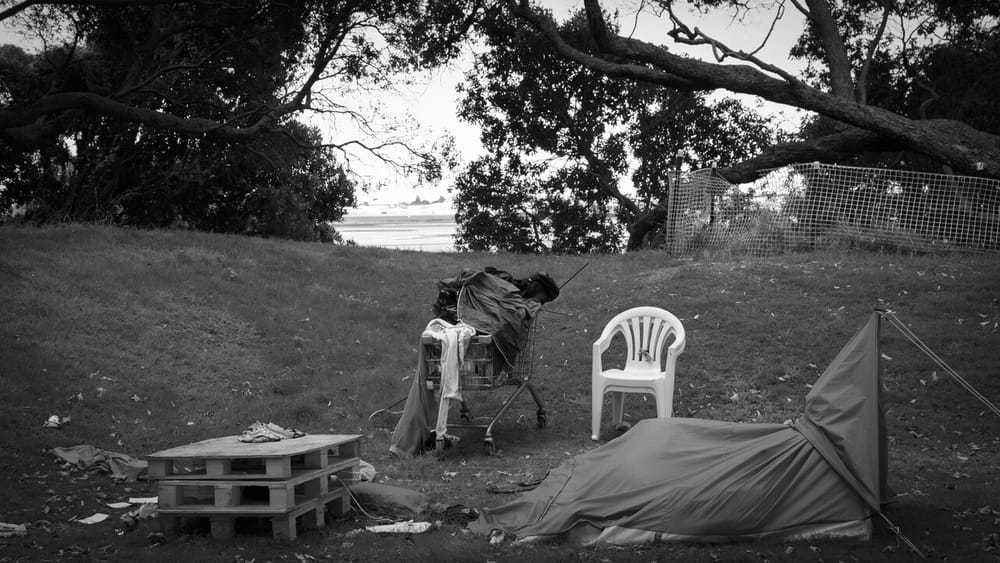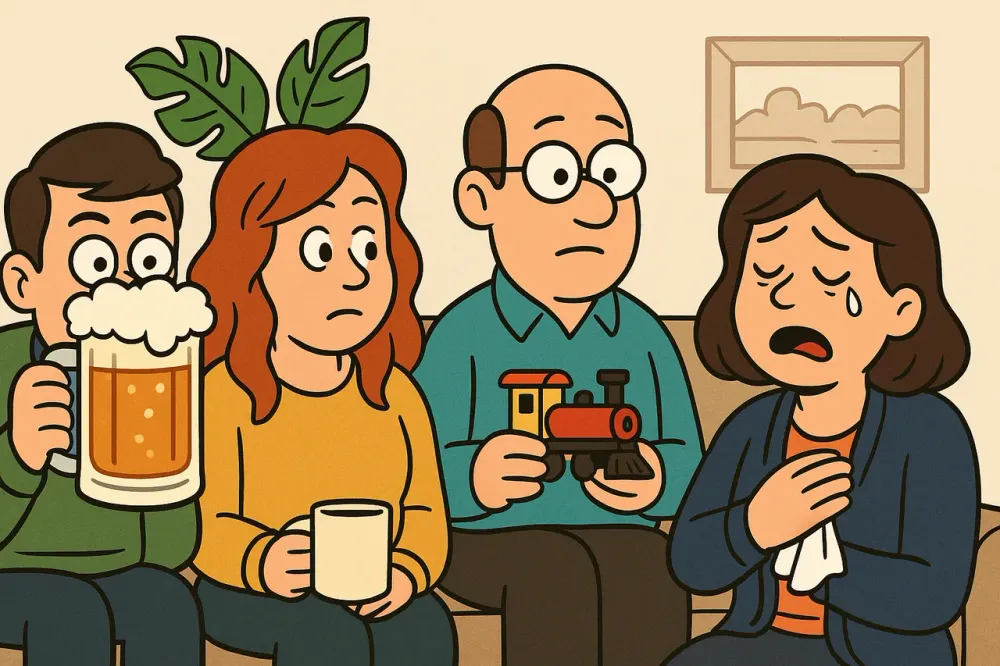We are in the midst of a renaissance. No, not the oil painting, ruffled collar, Black Death Renaissance, but a psychedelic one—think “Lucy in the Sky with Diamonds” and Woodstock. With mental health disorders on the rise globally and stagnant treatment options, scientists and academics have begun to (re)explore psychedelics as a way to treat mental illness and improve wellbeing. Finally, after decades of criminalisation and demonisation, hallucinogenic drugs are having their moment in the spotlight once more.
Psychedelics have fascinated humanity for centuries. While various disciplines have explored the potential of hallucinogens over the years, never has psychedelic research been more prominent than it is today. According to a paper in the The Journal of the American Medical Association (JAMA), the market for psychedelic substances is projected to grow from $2 billion USD in 2020 to $10.75 billion USD by 2027. Alongside increased investment, clinical trials for the use of psychedelics in psychiatric settings are on the rise, with Western medical establishments beginning to recognise the many therapeutic benefits of hallucinogens. This is a big step and something that has been a long time coming.
To better understand why we need this shift, we reached out to Dr Simon Ruffell, a London-based psychiatrist and researcher who has studied a wide range of hallucinogens, including psilocybin, ayahuasca and ketamine; focusing on how they can be used in treating depression. Dr Ruffell explains how he is disillusioned with modern psychiatry and the limitations it has when it comes to treatment options for patients.
“I found that many of our patients just came back time and time again with the drug treatments we were providing,” he says. He is not alone in this experience. The issue is so common that there is a term for it: the revolving door syndrome. Within psychiatry, revolving door syndrome refers to the cycle where patients are in and out of treatment without actually finding a solution that works for them. If we were to use addiction as an example, this could be seen as the cycle of recovery and relapse. A person living with addiction cannot make progress unless they break this cycle. Disheartened by this unfortunate reality, Dr Ruffell took a break from medicine and travelled to South America, where he met a shaman in training.
“He told me about his work with plant medicine and ayahuasca, and [how] he was using ayahuasca to treat the issues I had been struggling to treat back in the UK, ” Dr Ruffell says.
After their meeting, Dr Ruffell found himself invited to an ayahuasca retreat, where he had his first experience with the hallucinogen.
“I was completely blown away by the effects it had, both on myself and the other people I was with,” he explains.
Following this, Dr Ruffell began to consider psychedelics seriously and what they could offer for his work with mental health. He is among the new wave of Western medical professionals and scientists exploring the potential of hallucinogens and facilitating change in their sectors.
Another expert in this space (who The Lovepost has agreed to keep anonymous) works as both a clinician and educator with a cannabis clinic in New Zealand. She is also currently undertaking a certificate in psychedelic-assisted therapy.
“As far as I’m concerned, [psychedelic therapy] has huge potential to help solve the blooming mental health crisis,” the clinician says.
“We need this to go forward for the people this time,” she explains. “Patients want natural alternatives. They are demanding plant-based medicines and [the clinic’s] passion is to bring it out to the people.”
The clinic is not alone. In fact, psychedelic therapy is already flourishing.
With the different ways these drugs interact with the body and mind, psychedelic therapy has the potential to manage a wide array of mental health conditions, from addiction and depression to anxiety and post-traumatic stress disorder. While we will explore the specifics of the various drugs throughout the series; in very simple terms, psychedelics work on the serotonin receptors in the brain by antagonising or stimulating them. The compounds within the drugs affect the molecular and chemical makeup of the brain, reinvigorating “stagnant neural networks, [altering] brain waves, and [forging] new neurons and pathways in the brain.”
As these drugs are legalised throughout the West, this treatment option is only set to grow. For some of us, this may appear to be a new and novel approach; however, this is not the first time psychedelic research has flourished. In the 1960s, hallucinogens revolutionised Western culture, sparking new genres of art and music, reinvigorating psychology and transforming the way people lived and thought. Then, things changed.
A complicated history, tainted by racism and militant supremacy
Psychedelics are distinctly tied to the anti-establishment movement, known as the counterculture, that swept through the Western world in the 1960s and well into the 1970s. At the heart of the counterculture—beneath the shaggy hair, tie dye and peace signs—lay the rejection of the beliefs widely shared within society, such as racial segregation, environmental pollution and discrimination. Despite the incredible display of non-violent protests across the country, rallying against the Vietnam War and advocating for women’s rights, the silent majority ushered President Richard Nixon into office. He was the conservative answer to the ‘progressive’ former President Lyndon B. Johnson, whose Civil Rights Act, war against poverty and education initiatives had shaken up society and led to cultural upheaval.
In 1971, Nixon declared drug abuse “public enemy number one” and the need for a “new, all-out offensive,” a “worldwide offensive,” taking advantage of the moral panic circulating through North American society. In response to his predecessor’s political and social advances and the radical counterculture, the new conservative leader launched the war on drugs.
The Nixon presidency saw the counterculture as “very destabilising to the establishment,” with the war on drugs essentially a “political stunt to gain power,” the clinician says. “They demonised people. The hippies through the association with cannabis, and Black people through association with heroin. In effect, they demonised these medicines without evidence for harm.”
As outlined by John Ehrlichman, Nixon’s domestic policy adviser, the Nixon administration had two enemies: the anti-war left and Black Americans. By associating these groups with certain drugs which were then criminalised, the administration could target these communities without fear of retribution. According to Ehrlichman, the war against drugs was a front, and the administration knew it.
“At that time, psychedelic research was flourishing. And, all of a sudden, even though the research was working and the breakthrough everybody needed, it all came to a grounding halt,” the clinician explains. “The war on drugs has effectively set us back 50 years. It’s a real shame, in a way, that this happened.”
To break down the complexity of this era, we spoke to Andrea Ens, a doctoral candidate in the Purdue University History Department, who has spent much of her academic career researching the history of medicine, sexuality and psychopharmacology. She has a particular focus on the impact of North American psychedelic conversion therapy use in the post-war period. Her research has also led her to critically examine the effects of colonisation within psychedelic study, and her own work in particular. In her study, “Silencing Indigenous pasts: critical Indigenous theory and the history of psychedelics,” Ens examines the history of hallucinogenic drugs and what shaped their use in Western medical research.
“We can’t really talk about the history of psychedelics in North America during the post-war period without acknowledging their association with the radical left, the counterculture,” Ens explains. However, she emphasises that it is all part of a greater “mosaic.” In fact, there is some debate around what brought the first wave of psychedelic research to an end.
Ens references Matthew Oram’s book ‘The Trials of Psychedelic Therapy,’ in which Oram explores an alternative view, arguing that federally supported research continued well into the 1970s and was widely supported by government agencies. However, the emerging regulatory demands and amendments, courtesy of the Nixon administration, “changed the face of what was acceptable in mainstream psychedelics and pharmaceutical research.” In that historical period, medical and political discourse were woven together, completely reshaping how these drugs were perceived and understood.
As psychedelic research adjusted to the new regulations, the researchers began to experience lacklustre results. “Psychedelics don’t respond very well to the randomised clinical double-blind trial,” Ens explains. “If you’ve had a psychedelic, you know you’ve had a psychedelic.” Likewise, if you have been given a control substance or placebo. The poor results eventually became more and more commonplace. Ultimately, they were used to justify writing off these drugs and limiting research in the 1970s.
While much of the West’s understanding of psychedelics emerged within this period, it did not all begin and end in the context of twentieth-century North America. Across the globe, people have used psychedelics for thousands of years within different cultural and spiritual contexts. Unfortunately, as the United States exerts significant influence over the world, much of this knowledge has been lost or rewritten by institutionalised Western medicine and political agendas.
The legacy of colonisation in psychedelic research and use
Archaeological evidence suggests that the cultural use of psychedelics and alcohol ran parallel for millennia. But during the first few centuries of the Common Era came a period of great cultural and social upheaval, with Christianity at the epicentre. As this new religion expanded, psychedelic use was demonised to the point that, in the West, the drugs dwindled into non-existence. While there is no clear evidence as to why Christianity took this approach, one answer is that the Church's origins may not be as psychedelic-free as has been maintained. Author Brian Muraresku suggests that Christianity has Ancient Greek foundations, and that the Holy Communion—a Christian sacrament centred around the "body and blood of Christ"—is a "placebo variation of a psychedelic brew" practised during the initiation rites of the Temple of Eleusis.
Such a claim opposes the deeply held conviction that Christianity emerged, in its entirety, as a unique faith, which could explain the disappearance of psychedelics. Essentially, demonising the drugs became a tool through which Christianity could legitimise itself over other beliefs and expand, over time completely transforming traditions of old and defining psychedelic engagement. Today, these impacts are seen mainly in the context of Western subjection of Indigenous cultural and spiritual use.
At least in the context of contemporary Western culture, the way we understand and perceive psychedelics is heavily influenced by the legacies of colonialism, racism and sexism embedded within Christianity. As Ens explains, “Our history of colonisation has worked to silence, hide and eradicate Indigenous psychedelic consumption as a cultural and religious practice.” While Ens speaks to the context of North America, the sentiment echoes the world over.
When we imagine psychedelic research and consumption, we do not conceive of Indigenous people as psychedelic users, nor do we appreciate how they have employed hallucinogens within their cultures as a mode of treatment and connection. North American Indigenous peyote ceremonies, for instance, are specific healing ceremonies dedicated to treating a chosen individual. While ceremonies differ among tribes, the intention of the ceremony is to lead the individual and those around them down a path of introspection and towards recovery. Hallucinations are not the point of the experience. Yet when we think of psychedelic users, the image that usually springs to mind is, as Ens dryly explains, a “college-aged micro-dosing guru in Seattle or LA.” With this narrow demographic understanding, we are not only at risk of closing ourselves off from centuries-worth of psychedelic encounters, but also the “different ways that people have used psychedelics for healing or for harm.”
“It makes me think of the talk of decriminalising peyote,” Ens says. Here she refers to the current debate around the legalisation of the small, spineless cactus, known as híkuri to the Wixárika (an Indigenous people of Mexico and the United States), that was once prevalent throughout the Americas. Indigenous groups have used the plant for centuries, with its psychoactive alkaloids playing a significant role culturally and spiritually, particularly in religious ceremonies and practices. Within some Indigenous communities, oral traditions specifically name peyote within their origin stories. Today, peyote plays an integral ceremonial role in the Native American Church, a syncretic religion that brings together elements of Christianity and Indigenous American rituals.
Within Western medicine, the mescaline component of peyote has been suggested as a treatment for a range of conditions, predominantly those linked with serotonin deficiencies like alcohol addiction and depression. However, with the growing interest in peyote, the plant has found itself facing the most acute ecological and cultural crises of all the psychedelic drugs. As outlined in an open letter by the Indigenous Peyote Conservation Initiative (IPCI), “a variety of factors have led to the medicine’s delicate conservation status, including but not limited to: overharvesting or incorrect harvesting by peyoteros (legal distributors or middlemen) and poachers; cattle ranching and tillage; mining; oil and energy production; agriculture and land use; militarised political tension in the borderlands; and most importantly, the historic and systematic removal and disenfranchisement of Indigenous people—the knowledgeable and rightful tenders of the ancient peyote native habitat—from the land. If these trends continue, experts say the medicine is in danger of becoming extinct in less than 30 years.”
“Peyote is already such a limited resource, and it is being overharvested,” Ens says. “If it’s decriminalised, then that’s an even smaller supply for Indigenous people.” To prevent this future, the Native Council of the Native American Church is currently running a national strategy to protect, conserve and ensure peyote’s spiritual and ecological sustainability.
The peyote debate is just one example to illustrate that if we want this psychedelic renaissance to succeed, then decolonising psychedelics is integral. Indigenous people need to be at the fore of the process, with their perspectives not only heard but adhered to. As outlined in a statement released by the IPCI, peyote represents “a morally and ethically pivotal moment for the psychedelic movement.” If those in the movement follow the lead of Native Americans, then the future of peyote and psychedelic research is bright. If not, “it will be another colonial failure,” the IPCI writes. As Ens explains, “Anything that doesn’t start with accountability to Indigenous people and decolonising perspectives is doomed.”
While work is being done to redress these issues, there is still a long way to go—especially in terms of reckoning with the harmful legacy this has had for Indigenous people to this day. “Racism, colonialism, sexism and homophobia are still deeply ingrained within our society,” Ens explains. “So, of course, these social biases will infect the research process and many of these institutions.” Awareness is the first step.
The psychedelic renaissance is upon us; that much is certain. But the future of these drugs remains unclear. As this series will explore, the properties of these hallucinogens offer much promise for mental health and wellbeing. However, their use is layered, and the legacies of the past remain pertinent.
We hope this series provides you with a new perspective on psychedelics, connecting you with passionate experts dedicated to bettering the lives of the everyday person, and illuminating the histories that have led us to where we are today. A lot of learning and unlearning lies ahead of all of us, but first and foremost, go and listen to a Beatles song. It’s important to be in the right headspace after all.
For those interested in understanding more about the past, present and future of psychedelics, the Chacruna Institute for Psychedelic Plant Medicines offers a comprehensive collection of articles founded in high quality research by a diverse range of authors.


